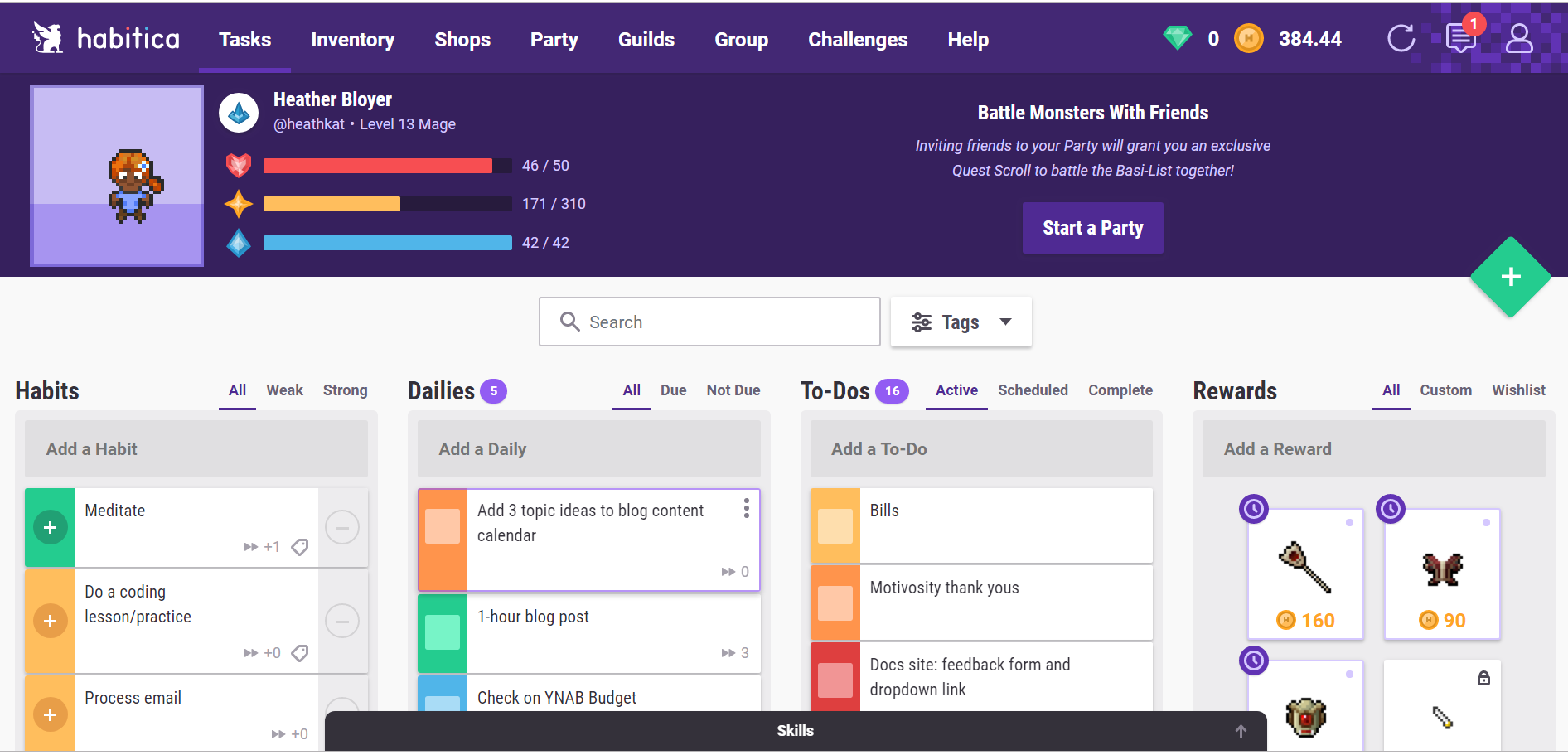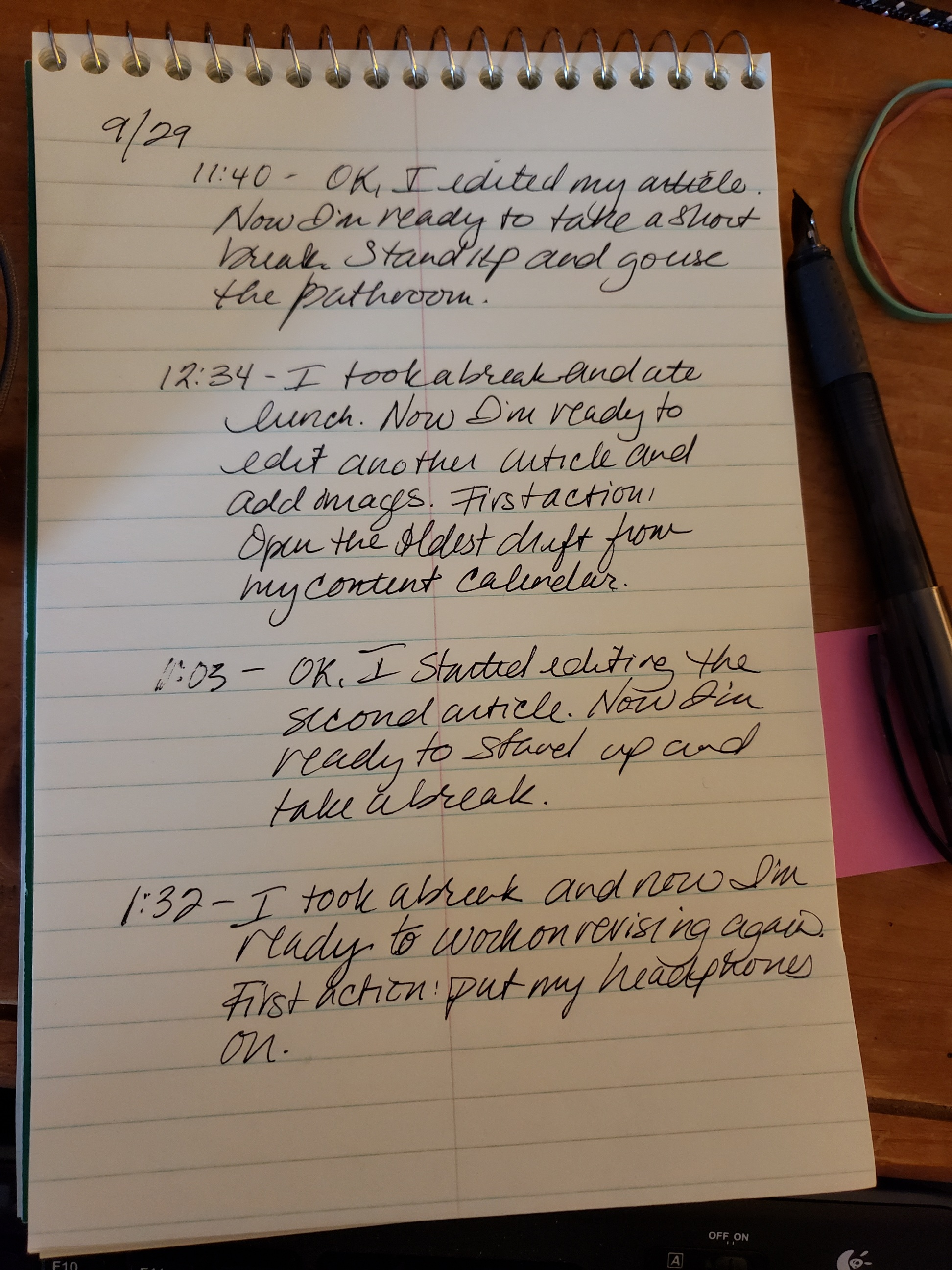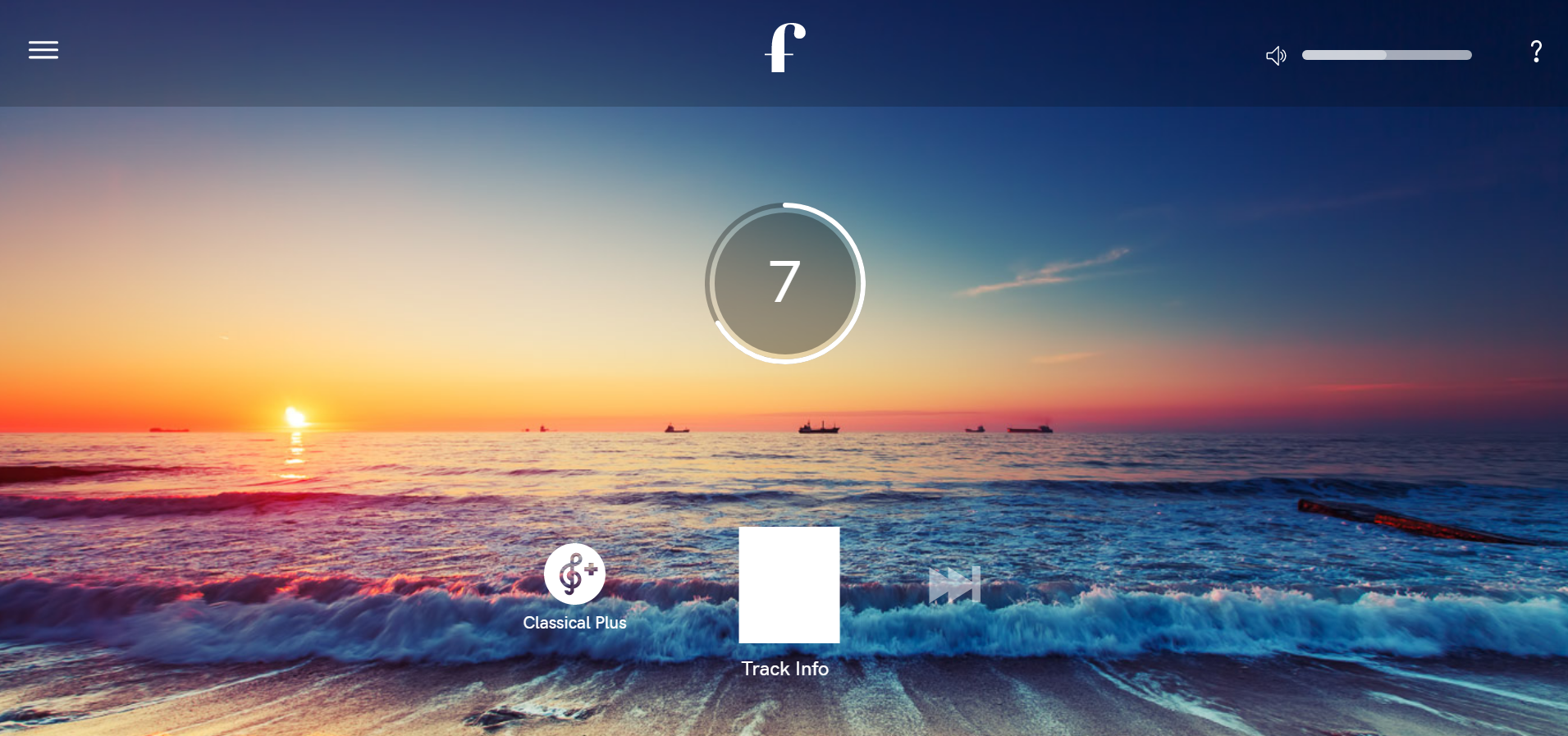Create mental geography to work better at home
Scroll Down
Every solution in life creates new problems. I've found that to be particularly true about working from home.
I began working from home well before the advent of COVID-19 to solve the problem of commuting. Commuting became a problem for me because I have a chronic illness. Many days I wake up very tired and dizzy, making driving difficult (especially long distances, especially on freeways, especially when roads are jammed and other drivers impatient).
My daughter has the same kinds of symptoms only more severe. She lives with me and often needs help getting to the doctor, the pharmacy, and the grocery store. A couple years ago she got an emotional support dog who ended up needing quite a bit of emotional support herself.
Working from home relieves the great stress of fighting rush hour traffic while I'm feeling dizzy and tired and anxious and conserves my energy for actual work tasks. It also allows me to be here for my daughter. If she has a doctor's appointment, I can work right up until it's time to leave. Then I can pick up with working as soon as we get back. I don't have to leave the office to pick her up, then go to the appointment, then back to the office.
The Commuting Problem
The commute became a big problem for me about two years ago in December when my illness suddenly got worse. I wasn't able to drive anywhere. Not to the neighborhood grocery store. Not three blocks to the library. My company's office building is 20 miles away — a 40 minute drive for me unless I take the freeway, which I never do. I thought I might have to stop working.
My problem wasn't really about being able to work though. It was about geography. When I made that 40 minute drive twice a day, I sat at a desk in a geographic location separate from my home and used the same tools to do work that I use now ... Microsoft Office, WebEx, Slack, Chrome, Azure DevOps, Visual Studio Code .... those tools did and still do make up the bulk of my work day.
Even when I worked in the office, I often typed messages to people who were working in the same building rather than simply getting up and walking to their cubicle. People often signed into WebEx from their desks rather than walking to a conference room.
The New Work Geography
Working from home solves the problem of traveling to a different geographical location to do the same work that I can do just as easily without traveling. But I've found that my new work geography creates new problems.
Here's the biggest one: I lack the geographically enforced boundaries around work. I never leave things "at the office." All my work materials and tools are always right here, making it possible to work any time.
For those of us raised with the protestant work ethic, this is a conundrum. My work ethic has always been, when you're at work, you do your very best for your employer. Even sanctioned breaks caused me a little nag of guilt. How long have I not been working? What am I not getting done? Who might be noticing?
I still have that same work ethic but being "at work" means something a little different now. When I'm at work I'm also at home.
The physical and geographic boundaries between work and home no longer exist. The solution? I re-create those boundaries in my mind. I practice mental geography.
Fencing off work
Scheduling
I use Microsoft Outlook for my work email and calendar. My official public calendar holds my meetings and appointments, my on and off hours so that coworkers can easily see when I'm available. When my calendar says I'm available, I'm at my desk — except for brief breaks.
Also in Outlook, I set up a separate scheduling calendar that only I can see. On my scheduling calendar I block time for tasks I choose to do that day. I know that I underestimate how much time it takes to complete a task, so I add a little padding to my time blocks. I keep my calendar open and visible while I'm working to stay mindful of the time allotted and stop myself from tweaking and taking unecessary detours down rabbit holes (I can research the meaning and etymology of a word for an hour ... seriously)
Planning and Prioritizing
I keep my to-do list and lists of daily things and habits in an app called Habitica. Just like a video game, it rewards me with a pleasant "ding" and points when I complete a task or do a habit. I really like the little hit of dopamine this gives me. It keeps me engaged. I feel more positive and excited about work and I get more done than I used to.

Getting Started
I think about my work projects when I'm not actually working on them. This can get in the way of actually doing the work. To get out of my head and doing work, I use a method called interstitial journaling (https://betterhumans.coach.me/replace-your-to-do-list-with-interstitial-journaling-to-increase-productivity-4e43109d15ef). When I first read about it in a Medium article I thought it sounded weird, but I am an experimenter. This experiment was highly successful. Resistance flees immediately when I write down the time, what I just did, and then what I'm going to do next. It's magical.

Sustaining Focus
I use the pomodoro technique (Time 25 minutes of focus on your task and only on that, then 5 minutes of break, repeat). For a timer, I use Focus at Will https://www.focusatwill.com/app/music, which plays your choice of music while you focus. I like to listen to the Classical Plus option.

This mental geography has allowed me to increase my day-job productivity and build the blog you're reading now. And I'm always on the lookout for other ways to map my work.
What tools do you use to map the geography of your work? I'd love to hear!

Comments